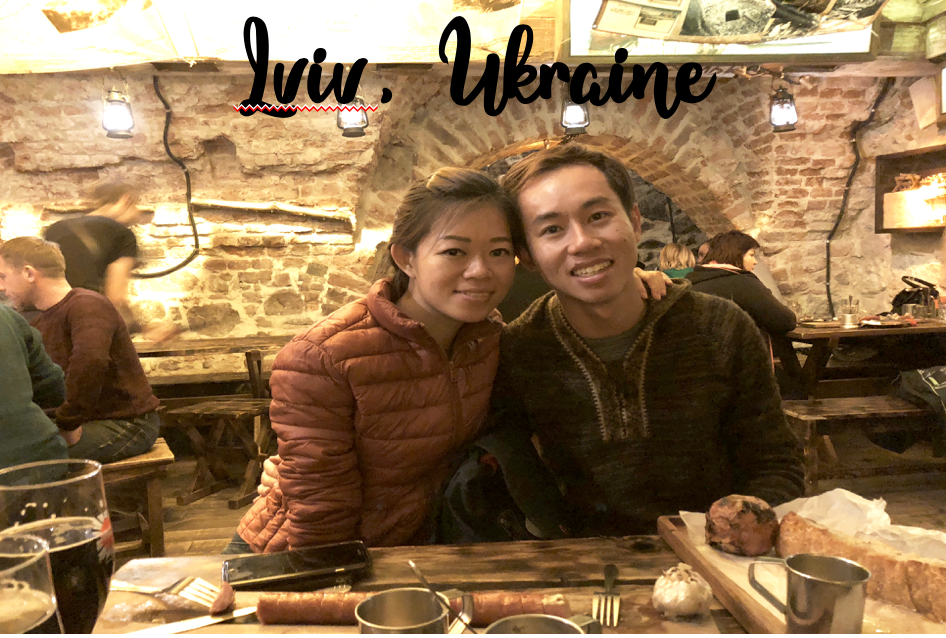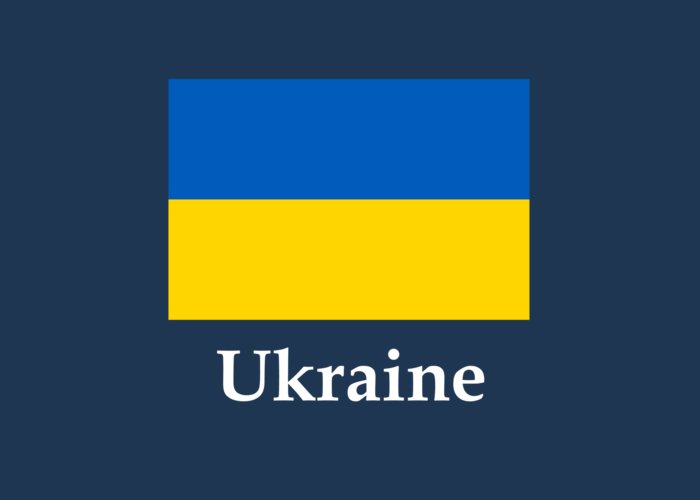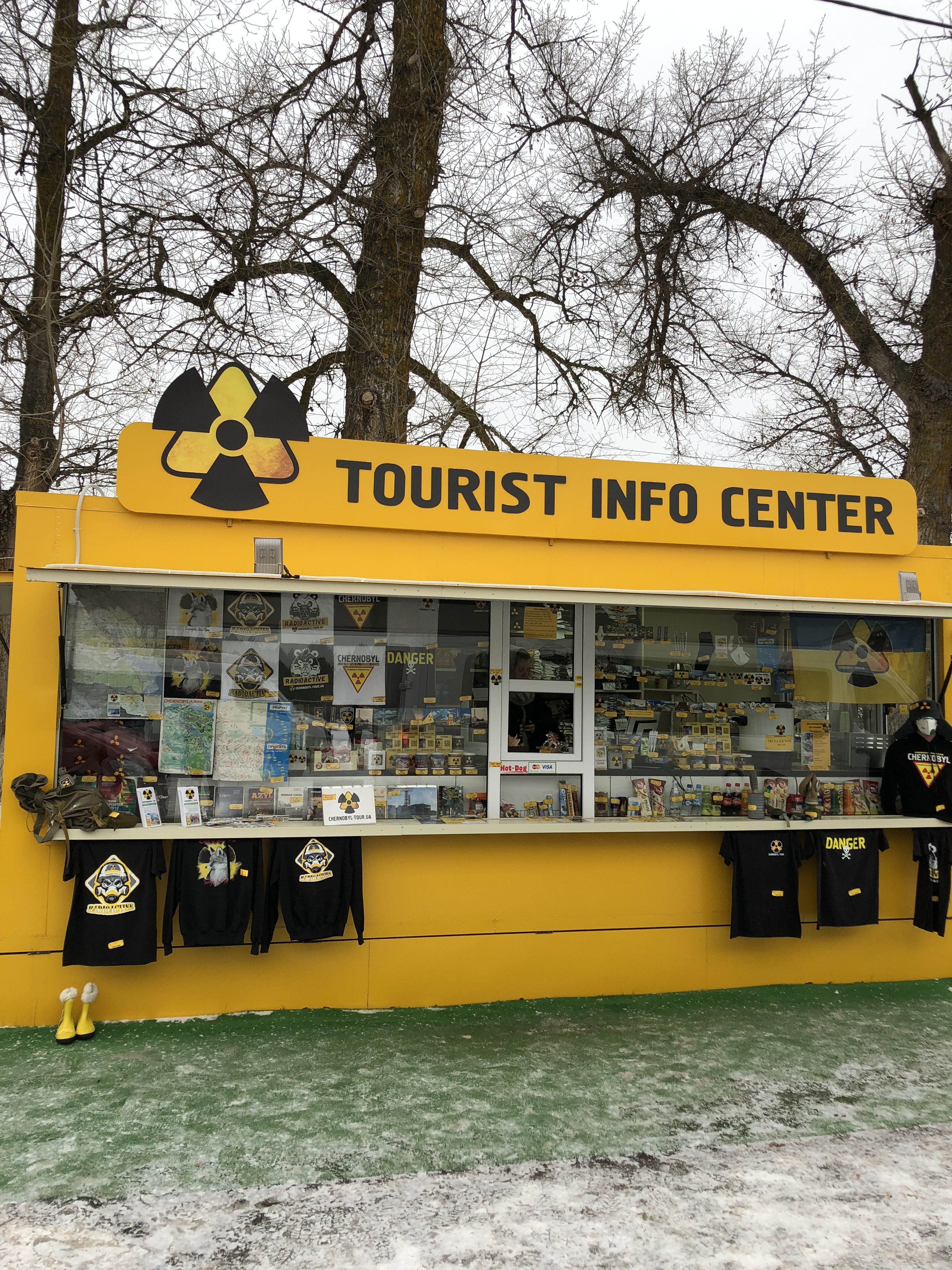
Having visited Kiev and Chernobyl, Lviv will come across as un-Ukrainian to the visitor. Mysterious and architecturally lovely, this Unesco-listed city is the country’s least Soviet and exudes the same authentic Central European charm as pre-tourism Prague or Kraków once did. Its quaint cobbles, bean-perfumed coffeehouses and rattling trams are a continent away from the Soviet brutalism of the east. It is also a place where the candle of Ukrainian national identity burns brightest and where Russian is definitely a minority language.

But the secret is out, and those who foresaw that Lviv would become Ukraine’s top tourist attraction are watching their prediction come true. No other city is more geared up for visitors and no other attracts so many of them. Lviv has the best range of hotels in the country, plus hostels, tour agencies, guides and English-language information abound, making this Ukraine’s premier destination by a long way.

We took an overnight train (about 7h) from Kiev to Lviv. It was quite comfortable on the overnight sleeper train and I had a good sleep. Along the way, the train stopped at several other Ukrainian cities for passengers to board or alight, and Lviv was the final destination of our train.
My first impression of Lviv is that it is very modern and feels European. We started off our day by visiting some churches.

This beautiful church built in the neo-Gothic style is located in Lviv, on Kropivnitsky Square. According to legend, originally, it was named in honor of the Empress Elizabeth Habsburg, the wife of the Emperor of Austria-Hungary Franz Joseph I.

On the way between the city centre and the train station stands the historic and sacred centre of the Greek Catholic Church in Ukraine, which was handed back after 44 years of compulsory Orthodox control. Constructed in 1774–90, this yellow building is pleasant enough, especially since a refurbishment for the Pope’s 2001 visit. However, it’s perhaps not as striking as some of Lviv’s less important churches.

We entered the St George cathedral to admire the beautiful interior and coincidentally, there were two couples there waiting for their newborn to be baptised by the priest. We stayed for a while to watch the ceremony and smiled at the proud parents as a form of acknowledgement.

Next, we moved on to the Art gallery. It is housed in a former palace. Lviv’s main art repository has two wings – one in the lavish Pototsky Palace (Палац Потоцьких), the other around the corner on vul Stefanyka. This one houses an impressive collection of European art from the 14th to 18th centuries, including works by Rubens, Brueghel, Goya and Caravaggio. The wing on vul Stefanyka contains 19th- and early-20th-century art.

I love the Baroque interior of this church. The interior was refurbished in the Baroque style in the years 1738–1740. The church managed to avoid being closed by the Austrian emperor Joseph II, although part of the monastery was taken over for the city archive. After the Second World War the church was closed by Soviets and fell into disuse until the collapse of the Soviet Union when it was returned to the faithful, since 1991 the complex is under the care of Ukrainian Greek Catholic Basilian Order and has undergone thorough renovation.

As dusk fell into the city, the small houses lighted up as part of the festive mood. The Christmas market had various stalls selling the gamut from souvenirs to chocolates or mulled wine.
Lviv was declared a Unesco World Heritage site in 1998, and this old market square lies at its heart. The square was progressively rebuilt after a major fire in the early 16th century destroyed the original. Around 40 townhouses hem the square’s perimeter. Most of these three- and four-storey buildings have uniform dimensions, with three windows per storey overlooking the square.


Like many other European cities, outdoor ice-skating is a popular sport during winter time. The prices here are much more affordable compared to London. We saw people of all ages having fun ice skating, those who could not were carefully holding on to the railings and inching forward. It was fun to see couples and families having such a good time. I wanted to ice skate but we had to meet our friend for dinner.

Based on the best European samples of handmade chocolate Lviv Handmade Chocolate creates its own chocolate modern traditions of quality and taste. Each chocolate product has its small story: all the way from an idea to the amazing positive feedbacks of our guests. Nowadays there is a large selection of more than 60 types of marzipan, nut, truffle, praline, chocolate caramel and chocolate cream sweets. Besides sweets it’s difficult to imagine Lviv Handmade Chocolate without various chocolate tablets in unusual packages, chocolate coated dragées and nuts, chocolate figurines and exclusive sets created by talented chocolate artists.
This flagship store in Lviv occupies five storeys, with each level catering to various visitors. The second floor is the most popular as people come here to buy chocolates as souvenirs. There is also a Lviv Handmade chocolate outlet at Lviv airport but the prices in town are cheaper. We bought some truffles to try, and they were really delicious! From elephants to heart-shapes to cars, these chocolates look too good to be eaten! I was hoping for some samples in the shop but there was none.

Many European theatres can boast an extraordinary construction history, but Lviv’s opera house is unique in that it is built on top of a river. The Poltva River flows beneath the stage and continues through centre deep beneath the asphalt (no doubt a contributor to the many sinkholes that tend to startle foreign visitors). By the end of the 19th century Lviv was a burgeoning city eager for a European-class theatre. The contemporary professionals that call the Opera House home include a 90-piece symphonic orchestra, more than 40 world-class opera soloists, a choir and a ballet troupe. The structure’s stunning main façade is widely recognised and appears on the city’s emblem and is also displayed on the 20Hr note. Matinees usually begin at 11:00 and evening performances at 18:00. Do catch a performance here in the Opera House which allows you to admire the beautiful interior and to appreciate the strong Ukrainian music culture.

There are quite a few Christmas markets to choose from when it comes to last minute shopping. Despite not buying anything, I enjoy spending time to browse through the stalls and soak in the festive atmosphere.

Cat Cafe in Lviv puts coffee and cats together in one place. This is a stress-free space where cats and humans come along side by side to unwind and chill. Cat Cafe Lviv is offering delicious breakfast and lunch menus along with amazing smoothies and specialty cakes. I tried to play with the cats but most of them just ignored me. They don’t crave attention unlike dogs. During my visit to the cafe, there was a blackout for almost an hour and this caused much inconvenience. They had to manually key in orders and the waiters were busy shuttling between the kitchen and the cafe.

I enjoy visiting the local market to check out any exotic food that is available in the city. Here, you can see lots of fresh food and many Ukrainian aunties going about their grocery shopping. Bargaining is allowed here. With my basic Russian, I managed to buy two pairs of Christmas socks with some discount. (proud of myself)

Around a 2km walk from pl Rynok, visiting the High Castle (Vysoky Zamok) on Castle Hill (Zamkova Hora) is a quintessential Lviv experience. There’s little evidence of the 14th-century ruined stone fort that was Lviv’s birthplace, but the summit mound sporting a mammoth Ukrainian flag thwacking in the wind offers 360-degree views of the city and the wooded hills between which it nestles.

On the upper level you can find ruins of the defensive wall and an artificial burial mound commemorating the 300-year anniversary of the Lublin Union. At the top of the mound is an observation deck, from which all of Lviv can be seen . The city is especially charming in the evening glow, and both curious tourists and locals ascend the hill in order to feast their eyes on this unforgettable sight. The daytime view is also equally spectacular and with the sun shining brightly on this day, climbing up to Castle Hill was worth the effort.


Lviv does not have a metro system unlike Kiev. The reason is that most parts of the city were built above a marshland, so the foundation is not strong enough to build an underground metro. Nevertheless, you can see the ubiquitous tram running through the city and if you are familiar with which routes to take, the tram would serve as an inexpensive and convenient way to get around the city. There is also public buses running towards the airport.

Lviv exceeded my expectations. From handmade chocolate to underground restaurants to the old town Christmas markets, I had a whale of a time in Lviv. It had been a wonderful three nights in Lviv. I could have continued my journey onwards to Poland because of its close proximity, but for now it is time to explore country #85 – Belarus!


